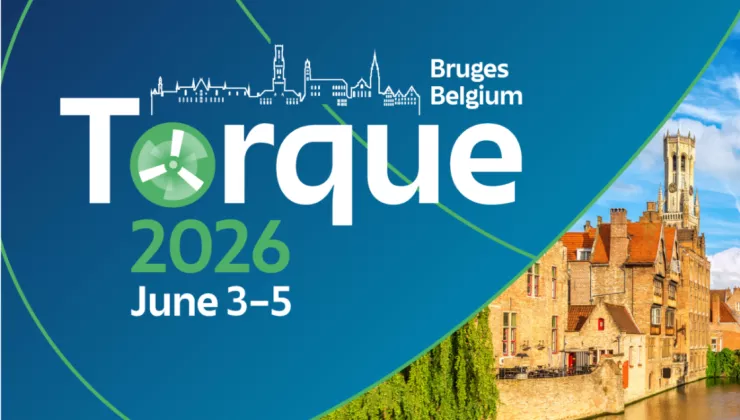PIT
The Blue Economy is a crucial part of the Flemish economic fabric. It relies on extensive harbour, coastal, and offshore steel infrastructure. Additionally, offshore wind turbines are among the most powerful and sustainable sources of green energy today, playing a key role in combating climate change.
Off the Belgian coast, several wind turbines can be found which were built in 2019 and were designed to last 20-25 years. This area also hosts some of Europe’s most important harbours. While corrosion management strategies such as corrosion allowance, coatings, and cathodic corrosion protection help mitigate uniform corrosion, the risk of pitting corrosion remains understudied.
Pitting corrosion creates small, localised holes in metal surfaces, potentially leading to a significant reduction in the lifetime of steel structures. Currently, these structures are visually inspected, requiring removal of corrosion products and macrofouling. This process is time-consuming, error-prone, and inefficient. But what if we could detect pitting corrosion earlier, more effectively, and with less effort?
Context
Operators and asset owners suspect that pitting corrosion significantly impacts the lifetime of offshore and maritime structures. However, the extent of this risk remains uncertain. This is in part due to the unclear nature of corrosion mechanisms in a maritime environment:
- Does carbon steel undergo true pitting corrosion, or is it heterogeneous uniform corrosion?
- Under what circumstances does pitting develop?
- How fast do pits grow, and what are their shapes, sizes, and distribution?
- How does pitting affect the (fatigue) lifetime of steel structures?
Moreover, there are currently no proven methods to monitor the occurrence and growth of corrosion pits in-situ.

Objective and results
The partners in the PIT project want to gain an improved fundamental understanding of how and under what circumstances corrosion of carbon steel in a maritime environment can lead to ‘pitting’. In this context, a ‘pit’ is defined as a localised attack leading to a reduction of the lifetime of a structure.
In addition, we want to obtain quantitative data on the size, shape and growth rate of 'pits’ by:
- developing new, robust, operator independent and standardisable methods to analyse corrosion coupons (test plates);
- research methods to continuously monitor pitting susceptibility of carbon steel using electrochemical techniques.
Finally, a method needs to be developed to translate the obtained quantitative data into input for existing lifetime models.
The PIT project does not develop new fatigue lifetime models, but it investigates how to improve existing models with better corrosion data.
The project focusses on the Offshore Renewables (fixed foundations) and maritime sector, although cross-domain valorisation can be expected to floating energy structures, energy islands, mooring systems, shipping, aquaculture, freshwater production, the chemical industry and wastewater treatment.
Partners: Sirris; KU Leuven; Ghent University; and Antwerp Maritime Academy
With the support of: VLAIO
Contact: Eveline Buyck


